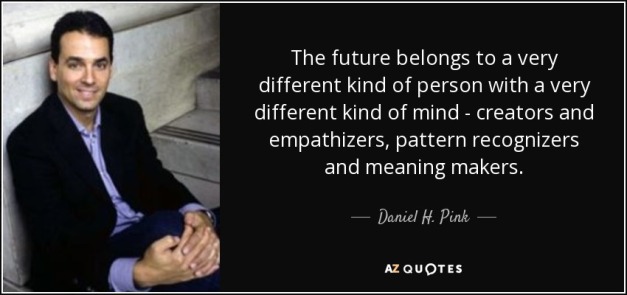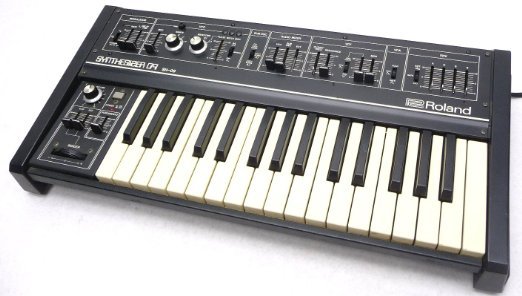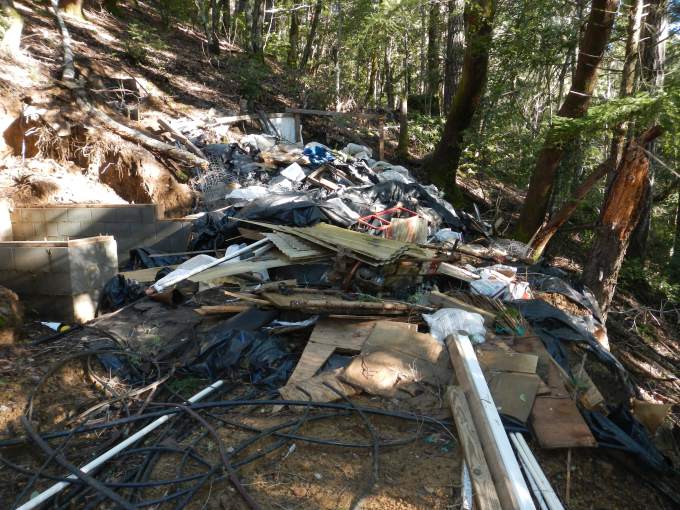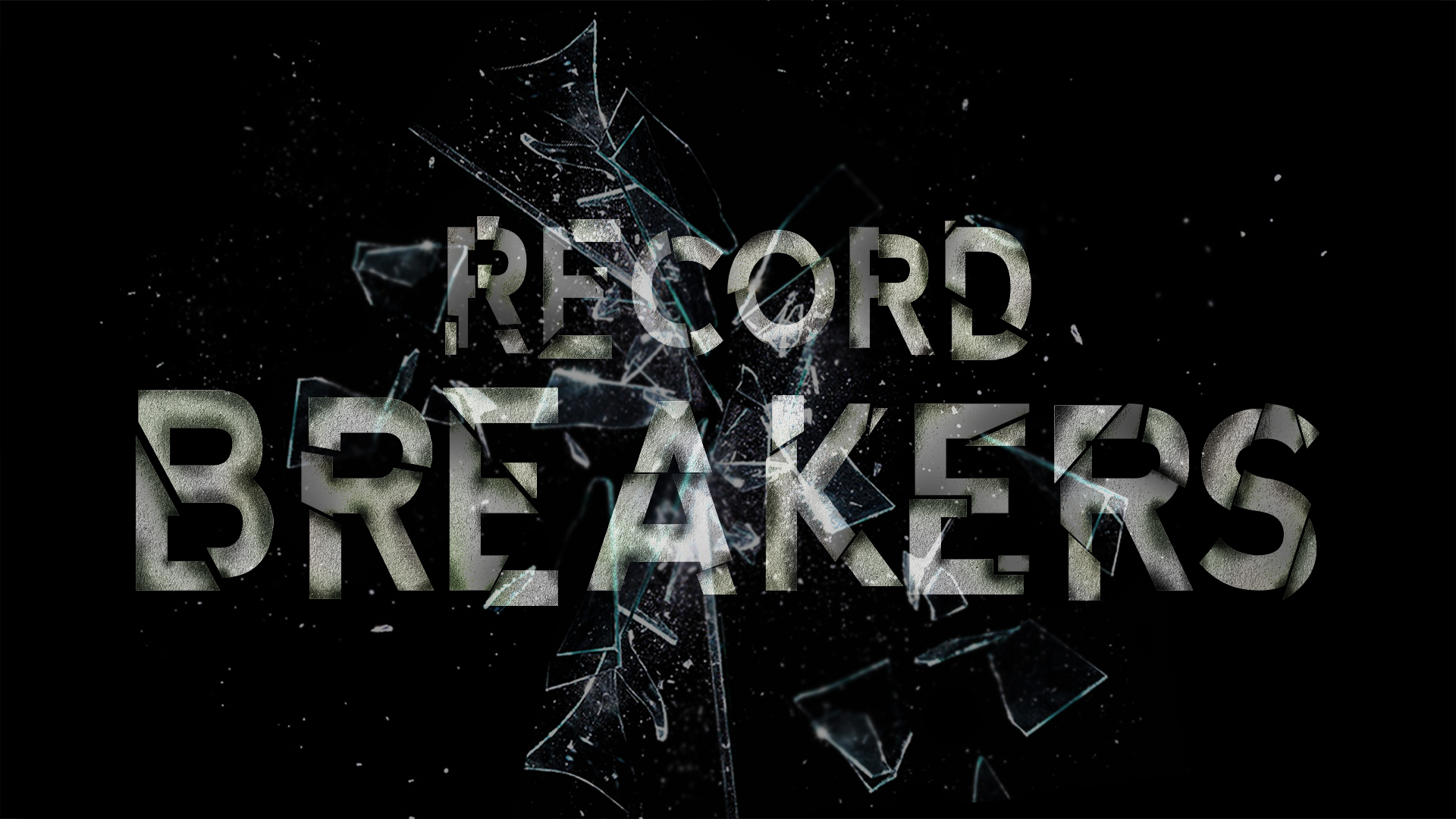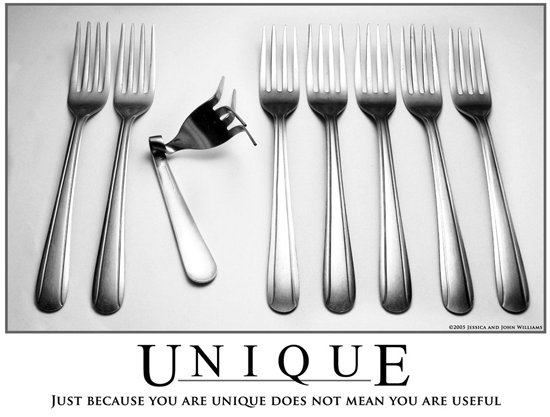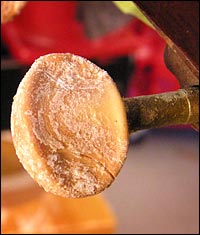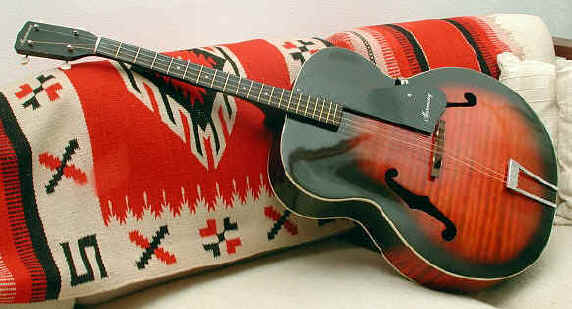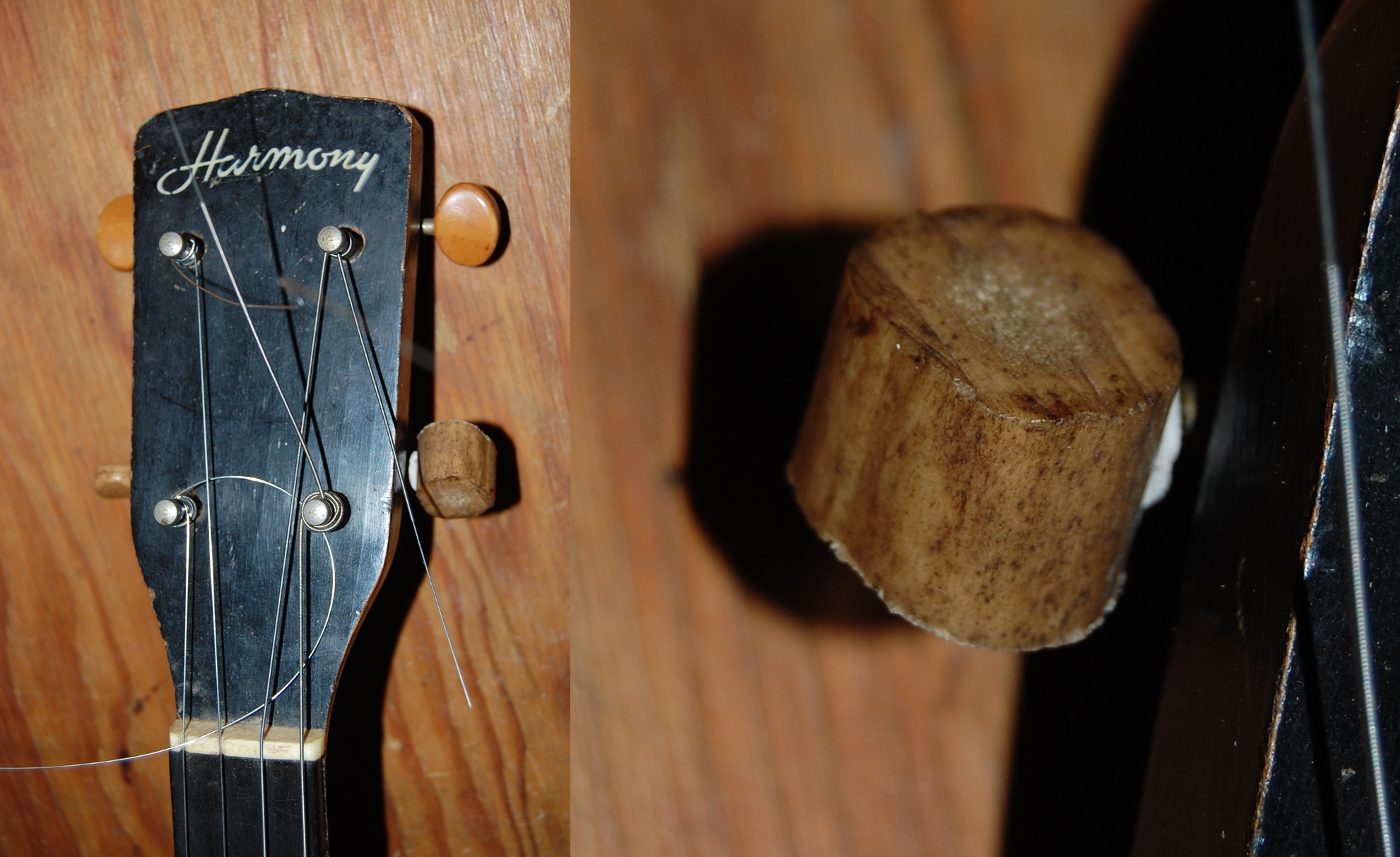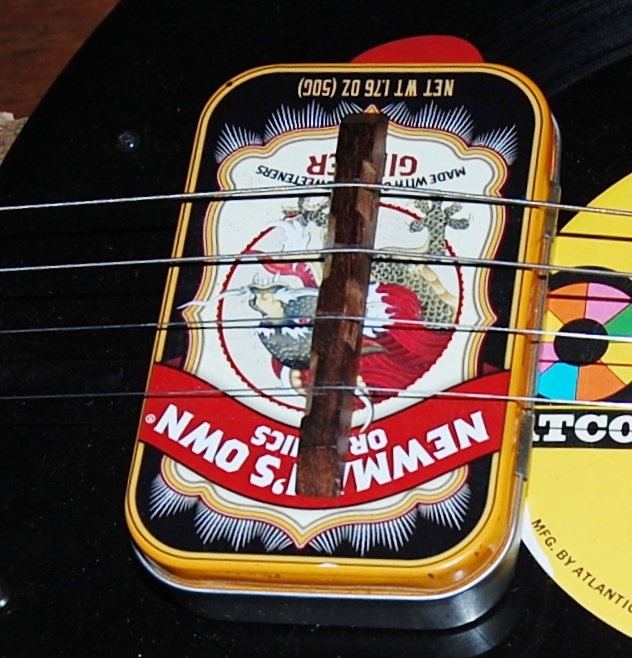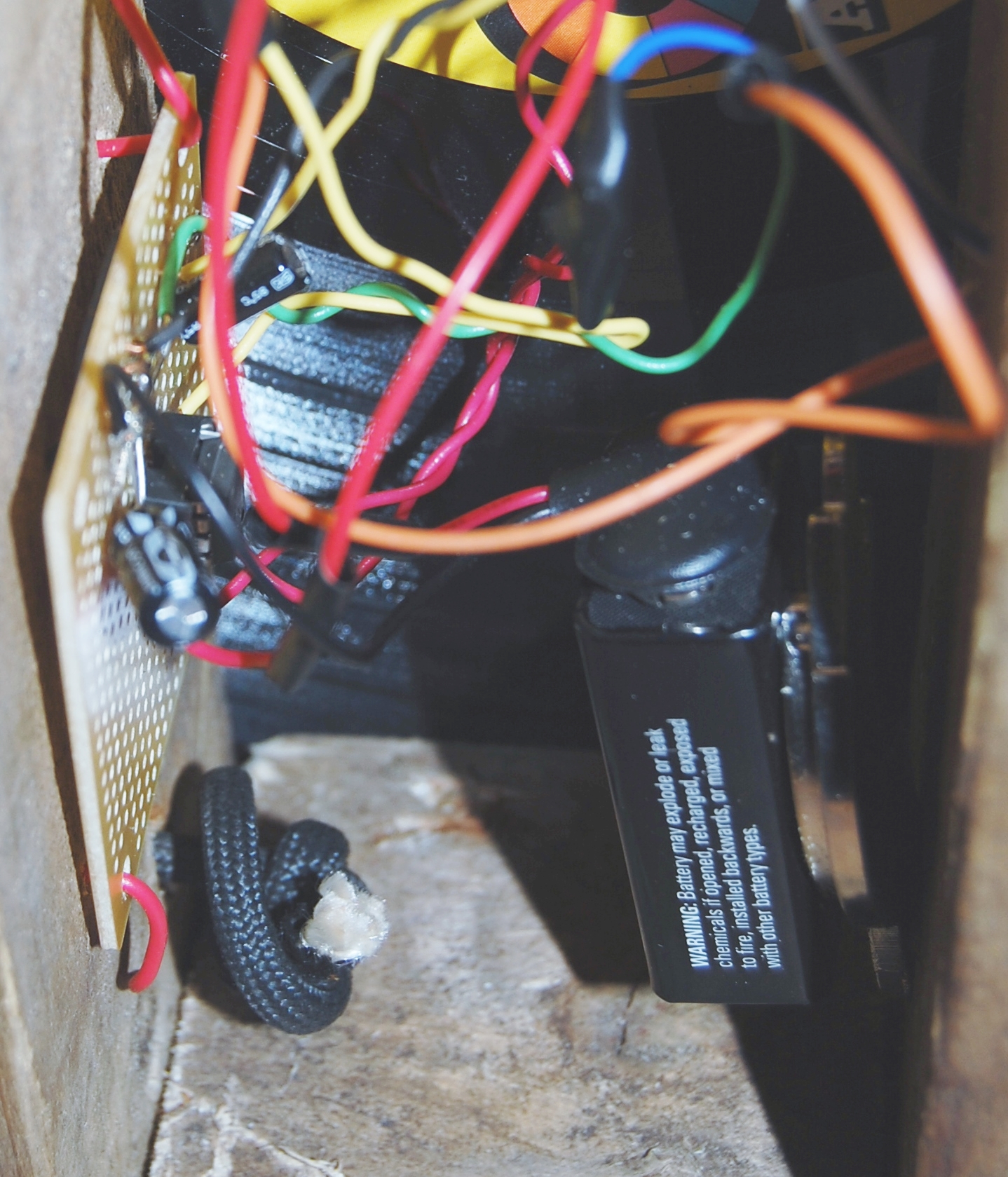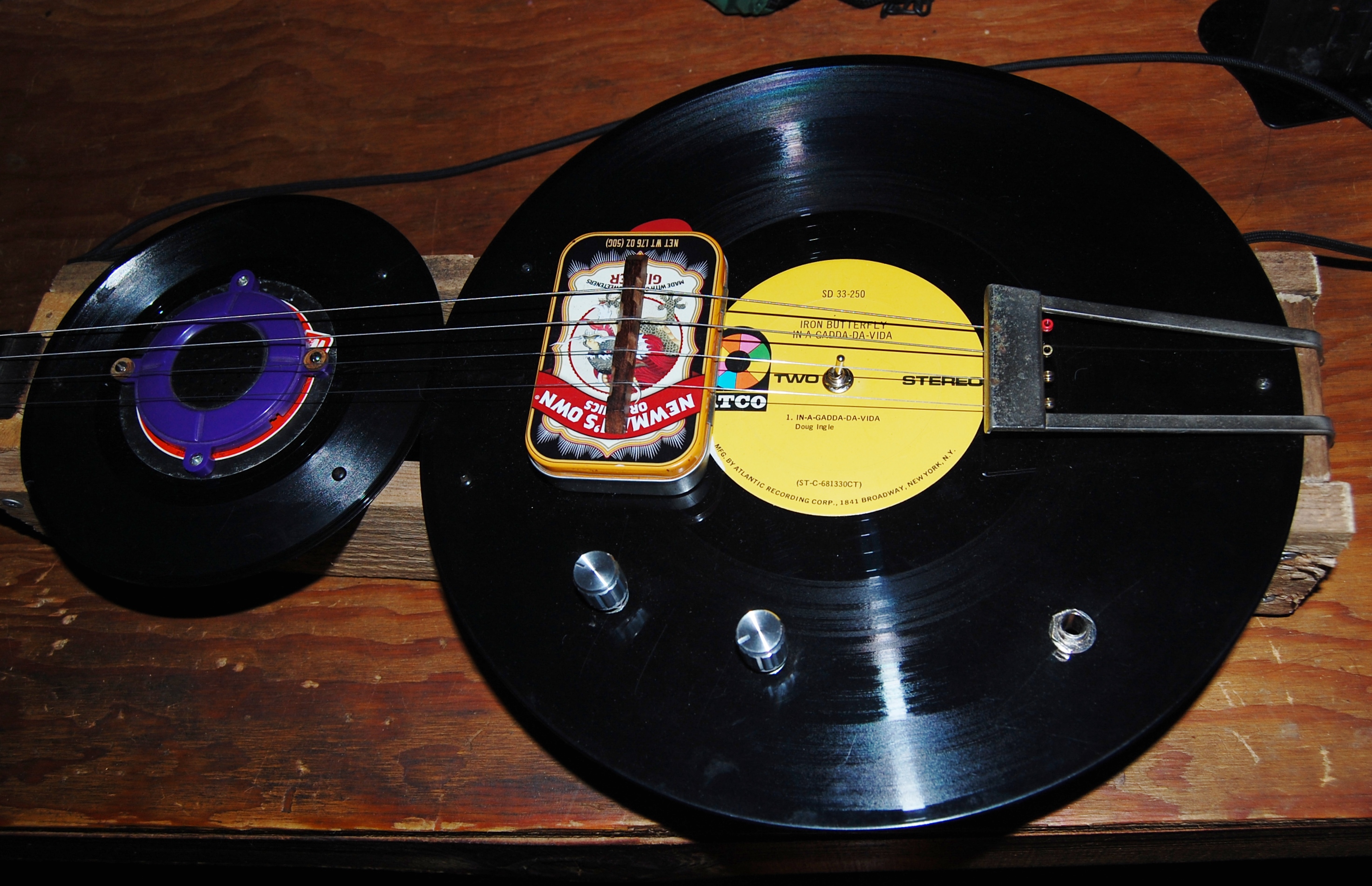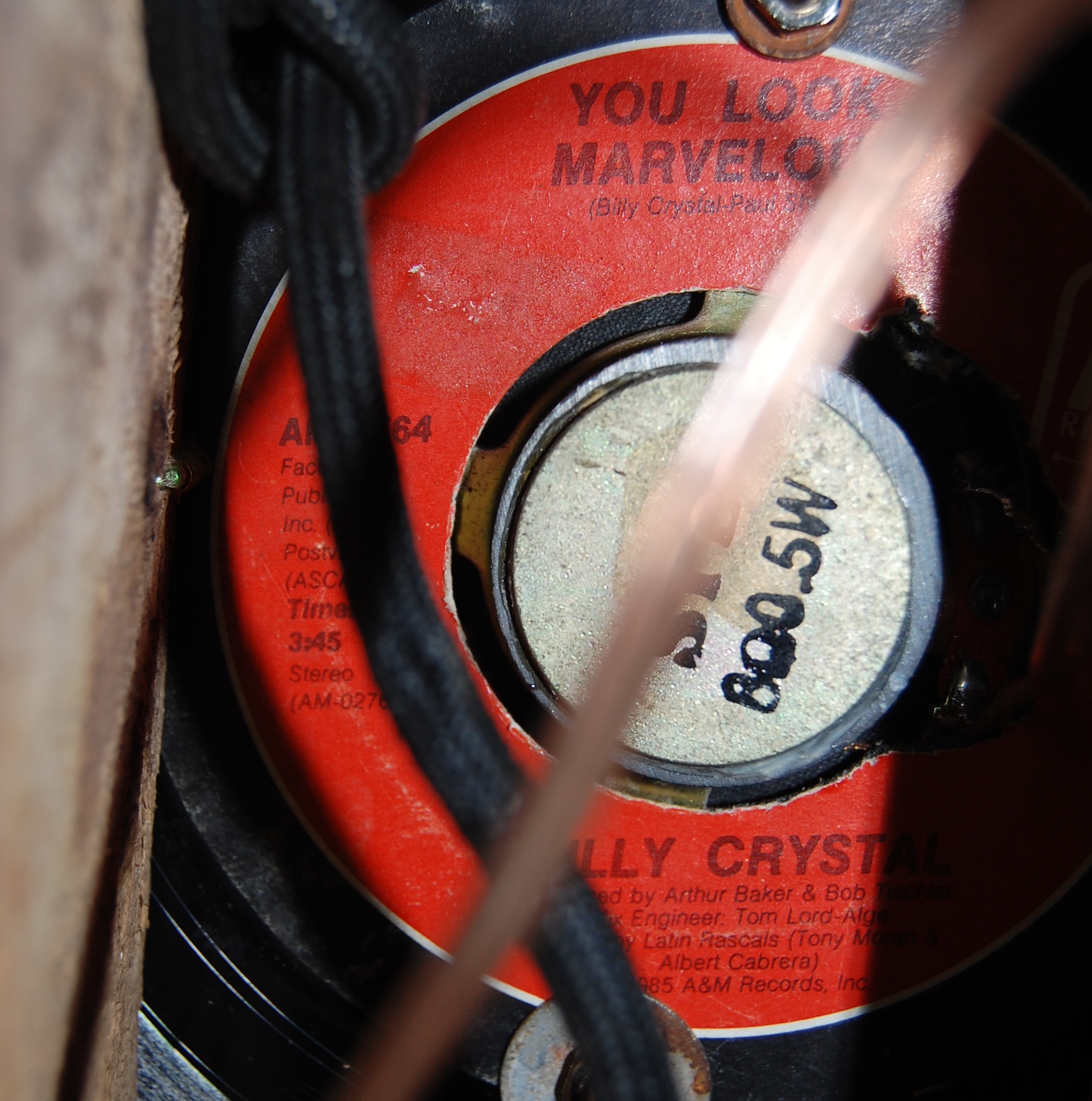
You really must read Robert F Kennedy’s new book, The Real Anthony Fauci. I cannot stress this enough. If you want to know why the US lost more lives to Covid per capita than any other nation in the developed world; If you want to know why Covid vaccines don’t work and why they kill so many people; If you want to know why millions of Americans think Tony Fauci belongs in prison, You must read this book, and if you do read this book, you will agree with them.

RFKJr makes an airtight case against Fauci, and the evidence against him is damning. This is why, of course, RFKJr and his book have been so heavily censored. In reality, anyone who calls this book “Hate Speech” or “Disinformation” only undermines their own credibility, because RFKJr speaks the truth, and he has the science and evidence to back it up.

Only criminals fear the truth, and it is only a matter of time until the truth comes out, but until then, we face the most heavily censored and strictly controlled media environment I have ever witnessed. History teaches that regimes censor information, not to protect gullible citizens from misleading falsehoods, but to cover-up their own crimes against humanity. RFKJr knows where those bodies are buried, and he knows who killed them. That’s why RFKJr, his book, and his organization, Children’s Health Defense, gets vilified in corporate media and scrubbed from so many online media outlets like Youtube.

While reading the book myself, it occurred to me that we need this information so much right now that I should go stand on a street corner in the center of town and read the book aloud, “Town Crier” style. I just thought, “If they are going to use their technology to censor information, rather than disseminate it, we have to stop using their technology and do things the old fashioned way.”

So I brought a microphone and a little battery powered amplifier, and I stood on the Garberville Town Square on a sunny Friday afternoon last December, and read the Introduction and part of Chapter 1 to a handful of onlookers for two hours. It didn’t get much response. Someone who lived nearby came out to complain about the noise, and he threatened violence, but nothing came of it. After the threat, I asked a friend to shoot some video of me speaking, and to keep the camera ready in case something happened. When I finished reading for the afternoon, I posted a few minutes of that video to Youtube, to show my friends what I had done.
Last week I checked that video because I wondered if Youtube had censored it. I discovered that they had not censored it, and it has been viewed almost 30,000 times! 1,400 people liked it and it got over 250 comments, almost all of them positive and encouraging. I was shocked. Instead of getting censored, that video went viral! Only about 1,000 people live in Garberville, and only a fraction of them were out that day, but I spoke RFKJr’s words to enough people to fill a stadium, on Youtube no less. By rejecting their technology, I inadvertently subverted it.

Now, I encourage you do the same, but let’s do it intentionally. Let’s make RFKJr’s game-changing new book, The Real Anthony Fauci available to Youtube viewers everywhere, in every language by reading the book aloud, in public, and posting a video of it to Youtube. If 30,000 people read a three minute excerpt, I’m sure we could cover the entire book, maybe even the footnotes. That would take coordination, but if people just start reading their favorite parts to begin with, we can fill in the gaps later. Obviously, this idea resonates with people. Do it! Have fun with it! It feels damn good to tell the truth.








